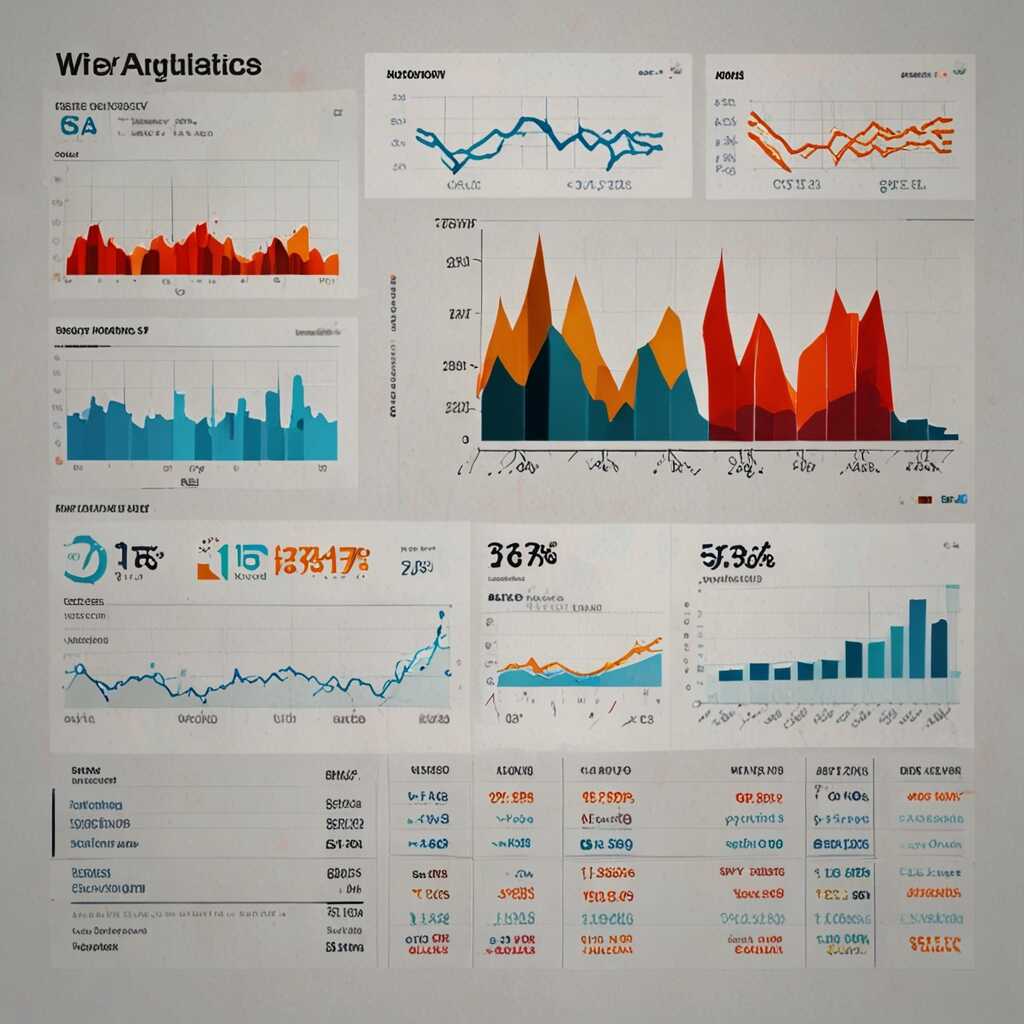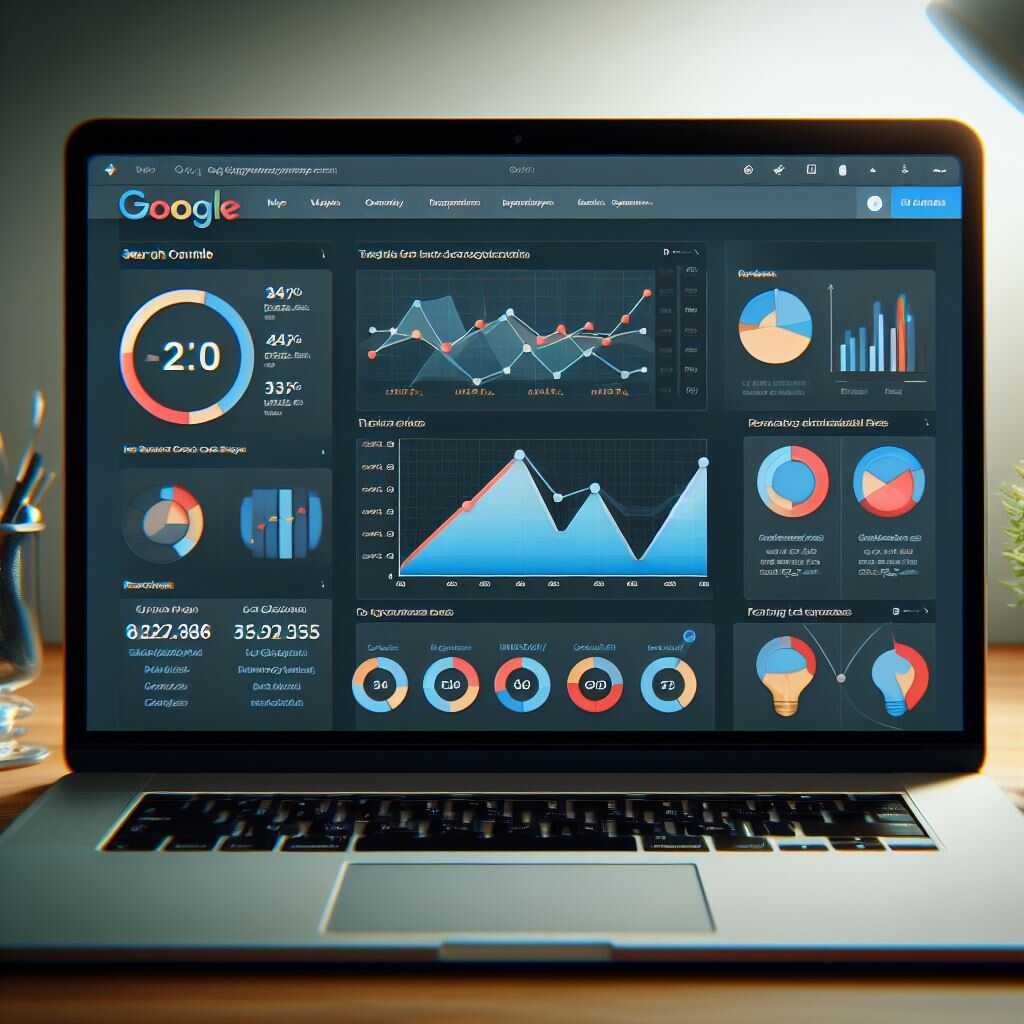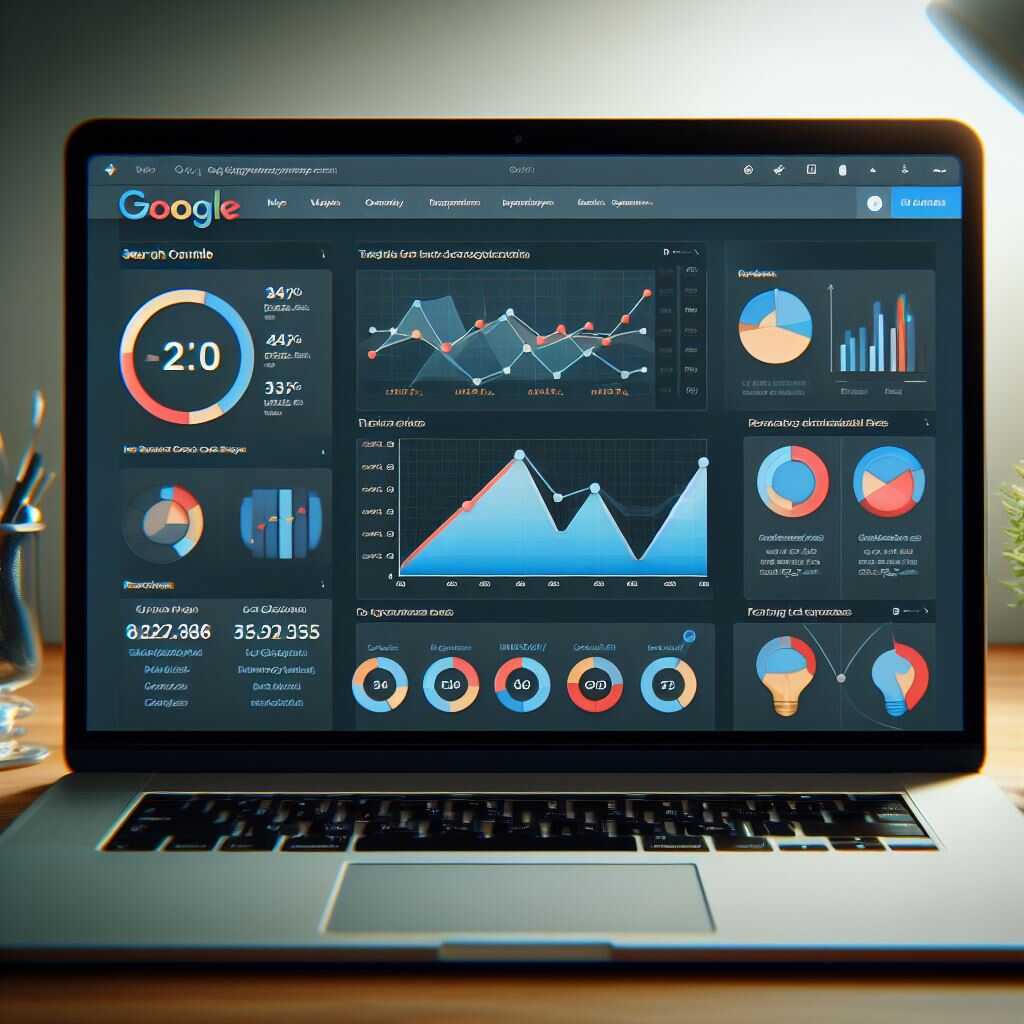Understanding the importance of site speed in search ranking algorithms is crucial for SEO success. A fast-loading website not only enhances user experience but also significantly impacts your position on search engine results pages. At Metrics Rule, we aim to highlight how prioritizing site speed can build effective SEO strategies and improve your search rankings. By focusing on technical optimization and best practices, you can ensure your site meets the demands of both users and search engines.
The Connection Between Site Speed and User Satisfaction
Site speed is crucial for user satisfaction and retention rates. A faster site often leads to higher user engagement and a better experience. Studies show that nearly 53% of mobile users abandon a site that takes longer than 3 seconds to load. This highlights the direct connection between site speed and user expectations. When a website is fast, users feel satisfied and are more likely to stay longer, thereby increasing conversion rates. On the other hand, slow-loading sites lead to frustration, causing users to leave. By enhancing site speed, you not only improve user experience but also align your SEO strategies to meet search engine expectations.
Measuring Site Speed and Its Impact on User Experience
To effectively measure site speed and its impact on user experience, various metrics and tools can be utilized. Tools like Google PageSpeed Insights, GTmetrix, and WebPageTest provide reliable data about how quickly a site loads. Metrics such as Time to First Byte (TTFB), First Contentful Paint (FCP), and Largest Contentful Paint (LCP) gauge performance efficiently. Understanding these metrics helps optimize your website, ensuring it runs smoothly and satisfies users. For example, an e-commerce site with structured data and quick loading times stands a better chance of converting visitors into customers. In today’s competitive digital landscape, achieving the best performance metrics is vital for SEO success and user retention.
The Direct Influence of Site Speed on SEO Rankings
Search engines assess site speed as a crucial ranking factor because it directly impacts user experience. A faster site reduces bounce rates and keeps visitors engaged longer, which search engines like Google notice. Recent Google algorithm updates like “Page Experience” emphasize the role of site speed in determining search positions. Algorithms assess metrics such as page loading time and overall responsiveness to evaluate a site’s performance. Sites that load quickly are more likely to rank higher than slower competitors. In fact, research shows that a mere 0.1-second improvement in page speed can lead to a significant increase in search rankings.
Understanding Google’s Page Experience Update
The Page Experience Update introduced several metrics, particularly Core Web Vitals, that measure site speed, responsiveness, and visual stability. Google determined these metrics as essential for evaluating user experience. The three key components include Largest Contentful Paint (LCP), which gauges loading performance, First Input Delay (FID), measuring interactivity, and Cumulative Layout Shift (CLS), assessing visual stability. Google recommends aiming for an LCP of under 2.5 seconds for optimal performance. Sites that meet these benchmarks not only enhance user satisfaction but also gain a competitive edge in SEO. Therefore, improving site speed is more than a technical fix; it’s a vital strategy for success in search rankings.

Tools for Effective Site Speed Measurement and Analysis
To enhance site performance effectively, website owners should consider various site speed measurement tools like Google PageSpeed Insights, GTmetrix, and Pingdom. Each of these tools provides performance testing features that help analyze loading times and overall site efficiency. For instance, Google PageSpeed Insights delivers a score based on various metrics, including page load time and mobile usability. Using these tools ensures you can optimize for both speed and SEO performance.
Key Features to Look for in Site Speed Tools
When selecting site analysis tools, prioritize features like detailed performance metrics, reliable review systems, and comprehensive reporting. Tools that include real-user monitoring provide accurate insight into how users experience your site in real-time. Look for integrations with Google Analytics to track performance data and trends over time. Additionally, ensure that the tool can handle advanced technical SEO checks related to crawling and indexing. Such capabilities help in speed optimization and improving overall site health, essential for maintaining high search rankings.
Key Statistics to Know
- Google states that a delay of just one second can reduce page views by 11%.
- Studies show that 47% of users expect a site to load in two seconds or less.
- According to research, 40% of visitors will leave a website that takes more than three seconds to load.
- Page speed is a ranking factor for both mobile and desktop searches.
- A fast-loading site can lead to a 25% increase in conversions on average.
- Optimizing your site can reduce bounce rates by 20% to 30%.
- Improving load time by just one second can increase user satisfaction by 75%.

Best Practices for Optimizing Images and Web Resources
Optimizing images and web resources is essential for reducing load times. Start by selecting the appropriate image formats, such as JPEG for photos and PNG for images needing transparency. This choice affects both website speed and quality. Use compression techniques to minimize file sizes without losing quality. Responsive images that adapt to different screen sizes ensure a great user experience across devices. For performance, aim for a maximum image size of 100 KB, if possible, to ensure quick loading, which enhances SEO and improves user retention.
Understanding Image Compression Formats
Image compression formats like JPEG and PNG have distinct advantages for web use. JPEG is excellent for photographs due to its balance of quality and file size. PNG, however, is better for images that require transparency and crisp lines, such as logos. Using tools like TinyPNG or ImageOptim can help reduce file size significantly. These tools provide data on the compression achieved while maintaining quality, ensuring your images are optimized for fast loading. Also, WebP is a newer format that provides superior compression and can significantly improve performance by reducing load times, making it an excellent choice for e-commerce sites.

The Effect of Hosting Choices on Website Speed
Different hosting solutions significantly impact website speed. Shared hosting can slow down your site since resources are shared among many users. In contrast, dedicated hosting usually offers better performance because you have exclusive access to the server’s resources. This can reduce page load times and improve user experience. It’s crucial to evaluate hosting providers based on their reliability and server response times. Top hosting providers like Bluehost, SiteGround, and HostGator deliver high-performance solutions that help enhance site speed.
Choosing the Right Hosting Provider for Speed Optimization
When selecting a hosting provider for speed optimization, consider factors like server response time and hosting type. The best hosting providers often deliver server response times under 200 milliseconds, which is essential for ensuring a fast website. Review comparisons and expert analyses can help identify reliable providers that offer great performance for e-commerce sites and other high-traffic platforms. Moreover, look for features like Content Delivery Networks (CDNs) that help enhance speed and reliability, ensuring an optimal experience for your site visitors.
Advantages of Quick Loading Times
- Users experience better engagement when pages load quickly.
- Fast sites often see lower bounce rates, improving user retention.
- Higher search rankings lead to increased organic traffic, boosting visibility.
- Better site speeds contribute to improved overall website usability.
- Happy visitors tend to convert more, increasing sales and leads.
- Quick loading times can enhance brand reputation and trustworthiness.
- Faster sites enable users to find what they need without frustration.

Core Web Vitals as Key Performance Indicators
Core Web Vitals are essential metrics that focus on user experience and website performance. They include Largest Contentful Paint (LCP), First Input Delay (FID), and Cumulative Layout Shift (CLS). These metrics directly influence SEO performance as they help Google assess how well a page provides an engaging and reliable experience. A site with good Core Web Vitals will likely rank higher. Websites that improve these metrics see enhanced crawling and indexing due to better user engagement, which is crucial for digital marketers and SEO professionals.
Understanding Largest Contentful Paint and Its Impact
Largest Contentful Paint (LCP) measures how quickly the main content of a page loads. A good LCP score, under 2.5 seconds, ensures that users see content quickly, leading to a better overall user experience. Websites like those run by Metrics Rule in Vancouver can utilize tools like Google PageSpeed Insights to test and improve this metric. When LCP scores are optimized, it leads to decreased bounce rates and increased conversions, making it a critical focus for SEO strategies. Reliable and fast-loading pages not only improve user satisfaction but also significantly enhance SEO performance.
Formulating a Comprehensive Site Speed Improvement Plan
To develop a robust site speed improvement plan, consider key components like site speed analysis, performance optimization, and reliable testing methods. Businesses in Vancouver can utilize tools such as Google PageSpeed Insights, GTmetrix, and WebPageTest to identify bottlenecks. Research has shown that improving loading speed by even 0.5 seconds can significantly enhance search engine rankings and user experience. Implementing ongoing improvements ensures that your site adapts to changing algorithms and user expectations.
Essential Tools for Site Speed Optimization
Utilizing essential tools for site speed optimization is crucial for achieving lasting improvements. Google PageSpeed Insights offers actionable insights by analyzing your site’s performance and providing user experience scores. Tools like GTmetrix can generate detailed reports, highlighting specific areas for enhancements, such as image compression and code minification. By incorporating these tools into your speed improvement plan, you ensure that your site remains competitive and reliable in loading times, enabling better indexing by search engines.
Companies and Their Site Speed Strategies
- Amazon: Their site loads fast, helping them maintain high user engagement and sales.
- Walmart: Focuses on speed optimization to improve customer experience in their online store.
- eBay: Users find listings quickly, benefiting from fast load times in competitive markets.
- Target: Emphasizes UX simplicity and speed, making online shopping pleasant for customers.
- Best Buy: Uses site speed testing tools to ensure fast checkout processes.
- Costco: Balances site speed with rich media content to engage customers effectively.
- Shopify: Supports merchants with tips on optimizing their store speed for better sales.
Techniques for Continuous Monitoring and Speed Maintenance
Ensuring site speed involves using reliable tools that provide continuous site speed monitoring, such as Google PageSpeed Insights, GTmetrix, and Pingdom. These tools offer in-depth reports that enable you to review performance metrics over time. Implementing a testing strategy that compares site speed across various devices and browsers is essential for understanding your audience’s experience. Additionally, industry standards recommend an ideal loading time of under three seconds for optimal user engagement, which also positively impacts SEO rankings. Reliable continuous monitoring can help maintain this speed, thereby enhancing user experience.
Tools and Methods for Speed Testing and Analysis
To achieve effective website performance, consider using multiple site speed monitoring tools designed to provide real-time analytics. Tools like Google Analytics will help you analyze how users interact with your site on different platforms. User experience can suffer if loading times exceed three seconds, making it crucial to conduct regular tests across devices. Implementing a robust testing strategy that includes A/B testing can provide proven results, showcasing which changes enhance speed and user satisfaction. Additionally, reviewing analytics data allows for continuous performance optimization, ensuring your website remains competitive in search rankings.
